
Golding Constable’s House, East Bergholt; the Artist’s birthplace
A hand-painted replica of John Constable’s masterpiece Golding Constable’s House, East Bergholt; the Artist’s birthplace, meticulously crafted by professional artists to capture the true essence of the original. Each piece is created with museum-quality canvas and rare mineral pigments, carefully painted by experienced artists with delicate brushstrokes and rich, layered colors to perfectly recreate the texture of the original artwork. Unlike machine-printed reproductions, this hand-painted version brings the painting to life, infused with the artist’s emotions and skill in every stroke. Whether for personal collection or home decoration, it instantly elevates the artistic atmosphere of any space.
"Golding Constable’s House, East Bergholt; the Artist’s birthplace" is a painting by the renowned English Romantic painter John Constable. This artwork is a depiction of the house in East Bergholt, Suffolk, where Constable was born and spent his early years. The painting is significant not only for its artistic merit but also for its personal connection to the artist, offering a glimpse into the environment that shaped his formative years.
John Constable was born on June 11, 1776, in East Bergholt, a village in the Stour Valley area of Suffolk, England. His father, Golding Constable, was a prosperous corn merchant and mill owner. The family home, depicted in this painting, was an important part of Constable's life and provided the young artist with a wealth of inspiration. The landscape of Suffolk, with its rolling fields, rivers, and rural charm, greatly influenced Constable's work and is a recurring theme in his paintings.
The painting captures the essence of the English countryside, a subject that Constable is celebrated for. His approach to landscape painting was revolutionary for its time, emphasizing naturalism and the transient effects of light and weather. Constable's technique often involved the use of loose brushwork and a bright palette, which can be seen in this work. The painting is characterized by its attention to detail and the artist's ability to convey the atmosphere of the scene.
In "Golding Constable’s House, East Bergholt; the Artist’s birthplace," Constable presents a view of his family home surrounded by lush greenery and under a vast sky. The composition reflects his deep appreciation for nature and his desire to capture the beauty of his native landscape. This painting, like many of Constable's works, is imbued with a sense of nostalgia and personal attachment, as it represents not just a physical location but also the memories and experiences associated with it.
Constable's dedication to painting the English countryside was not initially well-received by the art establishment, which favored historical and classical subjects. However, his persistence and unique vision eventually earned him recognition and acclaim. Today, Constable is regarded as one of the greatest landscape painters in art history, and his works are celebrated for their emotional depth and technical brilliance.
"Golding Constable’s House, East Bergholt; the Artist’s birthplace" is an important piece within Constable's oeuvre, as it encapsulates the artist's connection to his roots and his mastery of landscape painting. The painting serves as a testament to Constable's enduring legacy and his contribution to the Romantic movement in art. Through this work, viewers can appreciate the beauty of the English countryside and gain insight into the personal history of one of Britain's most beloved artists.





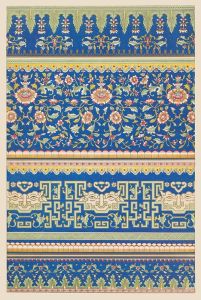
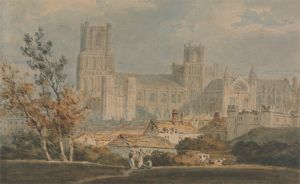
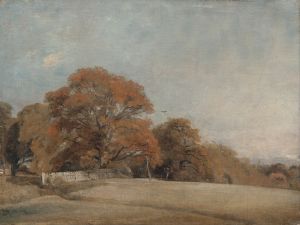
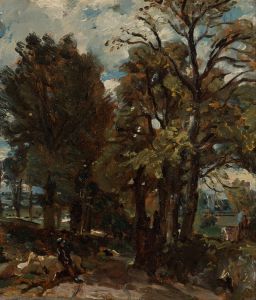
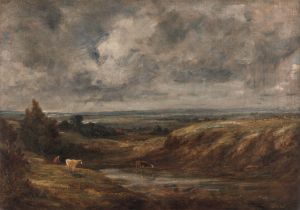
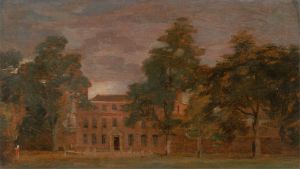
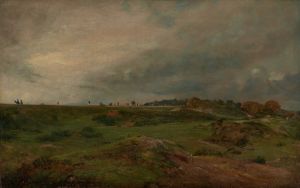
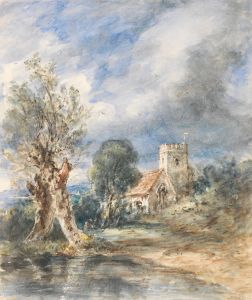
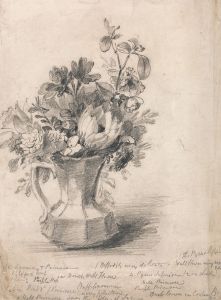
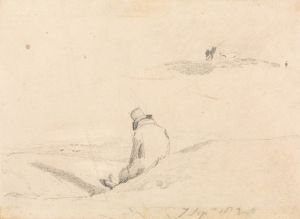
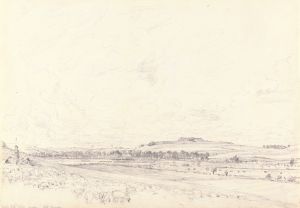
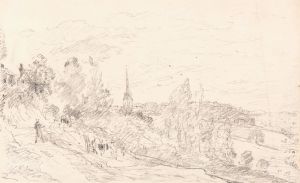
![Miscellaneous small sketches for inlaid table tops.] [Design with red and blue cubic motif](/imgs/249439/s/winold-reiss-miscellaneous-small-sketches-for-inlaid-table-tops-design-with-red-and-blue-cubic-motif-47eb56d2.jpg)
